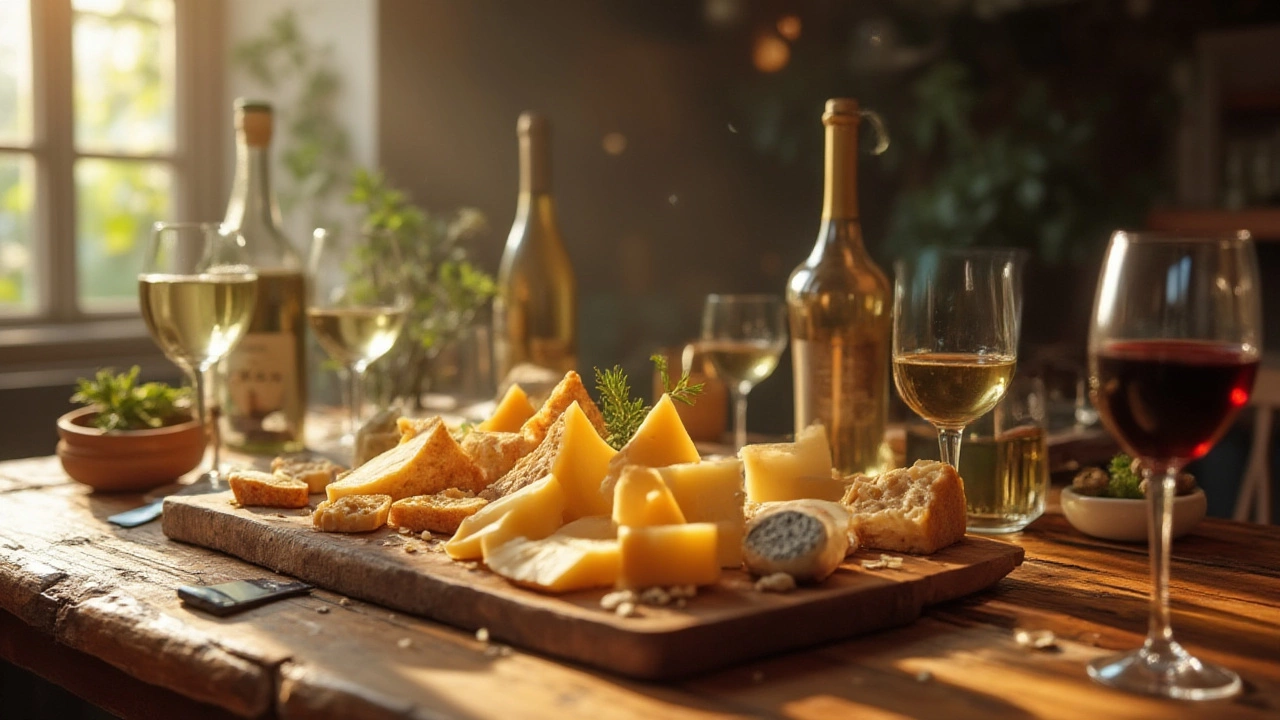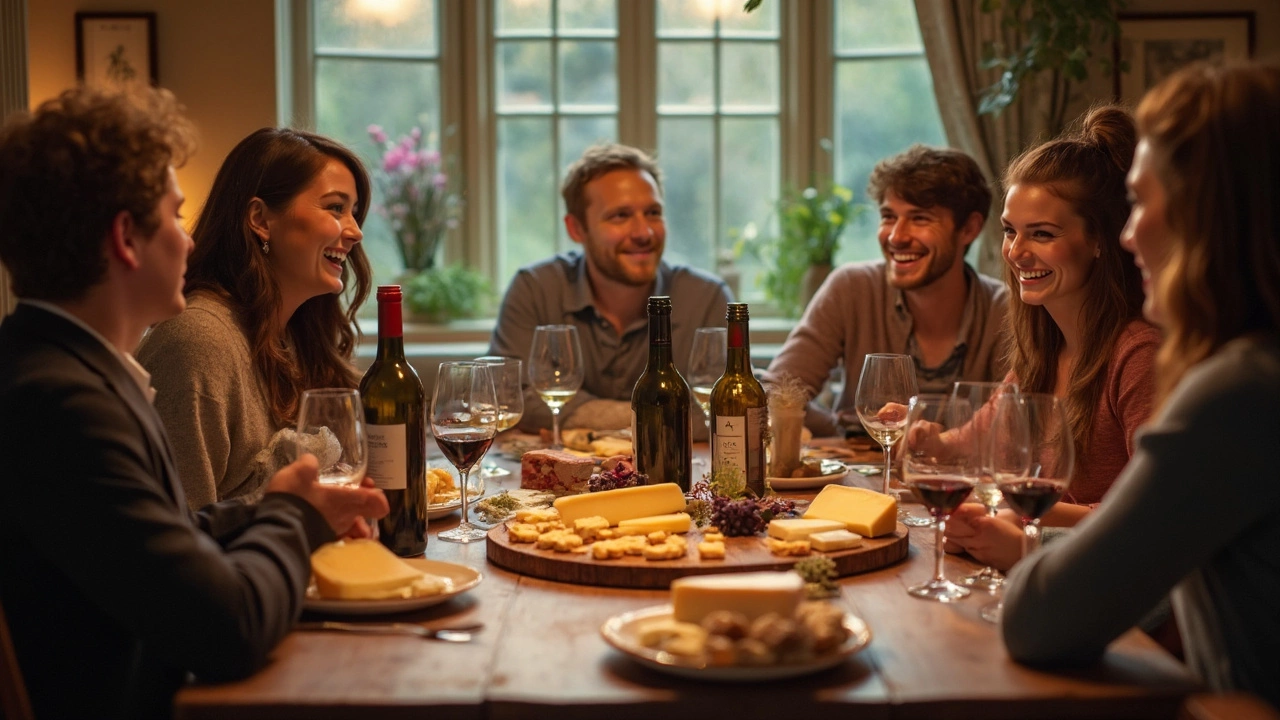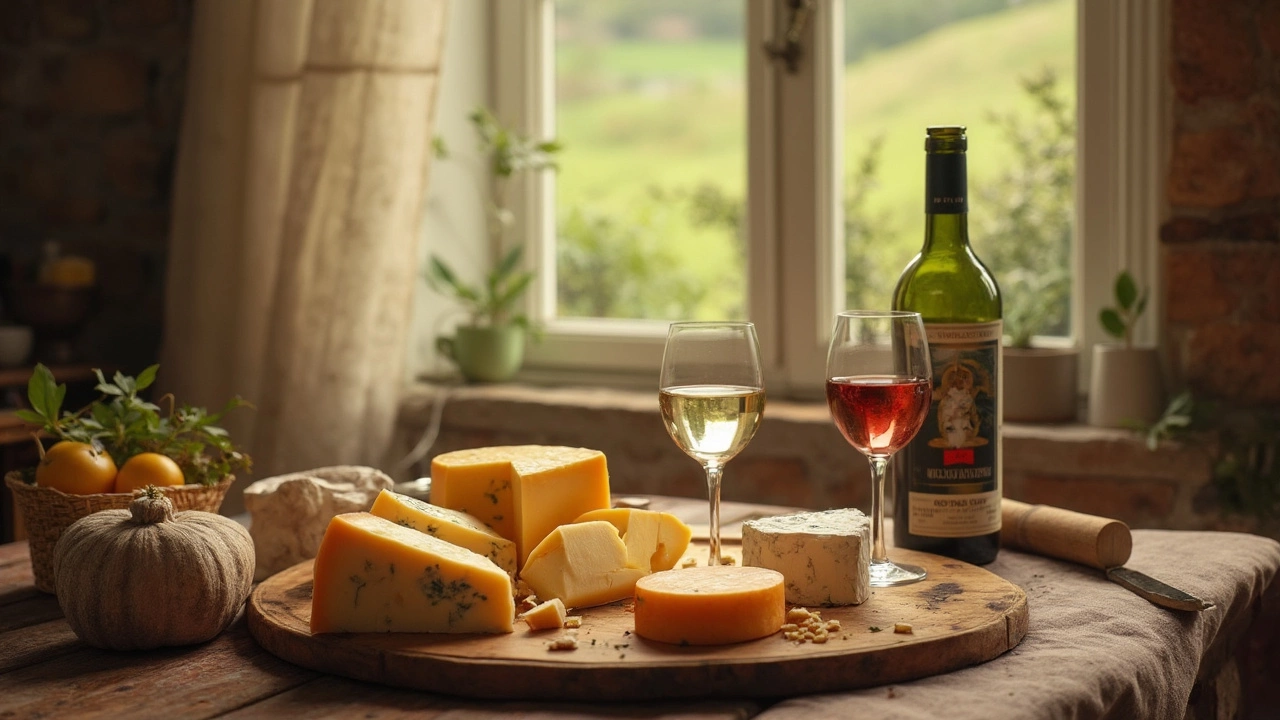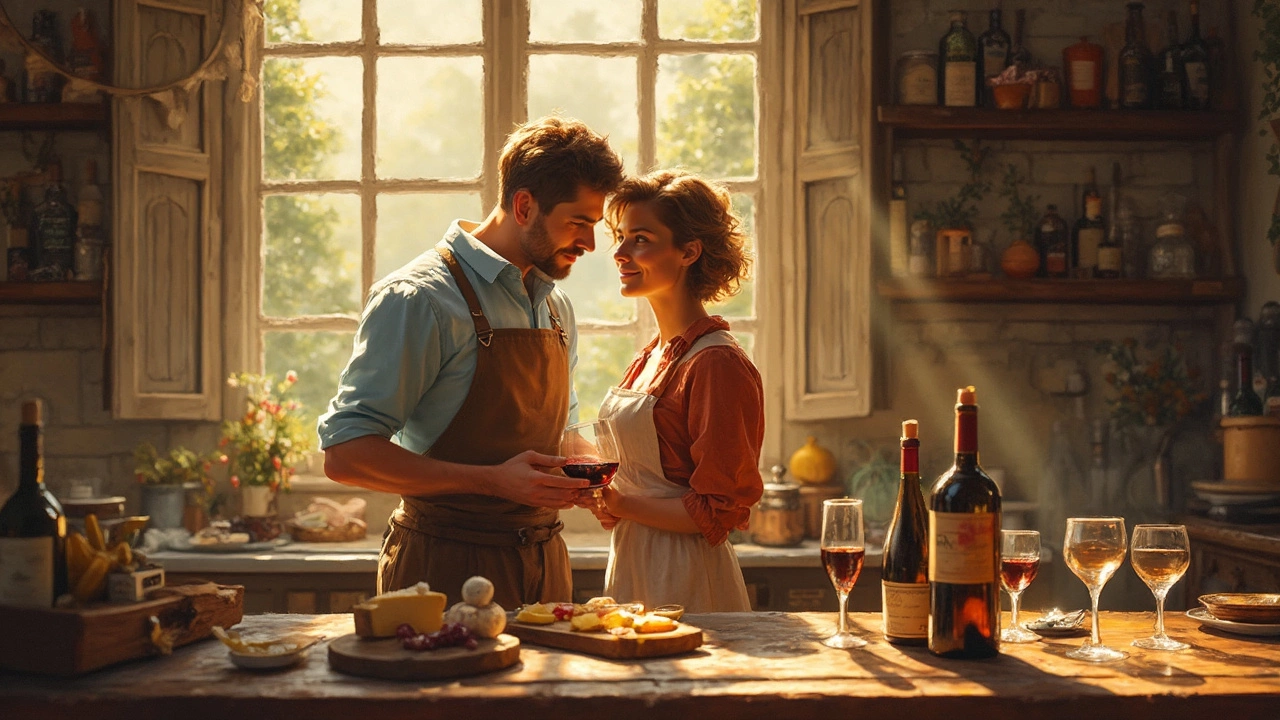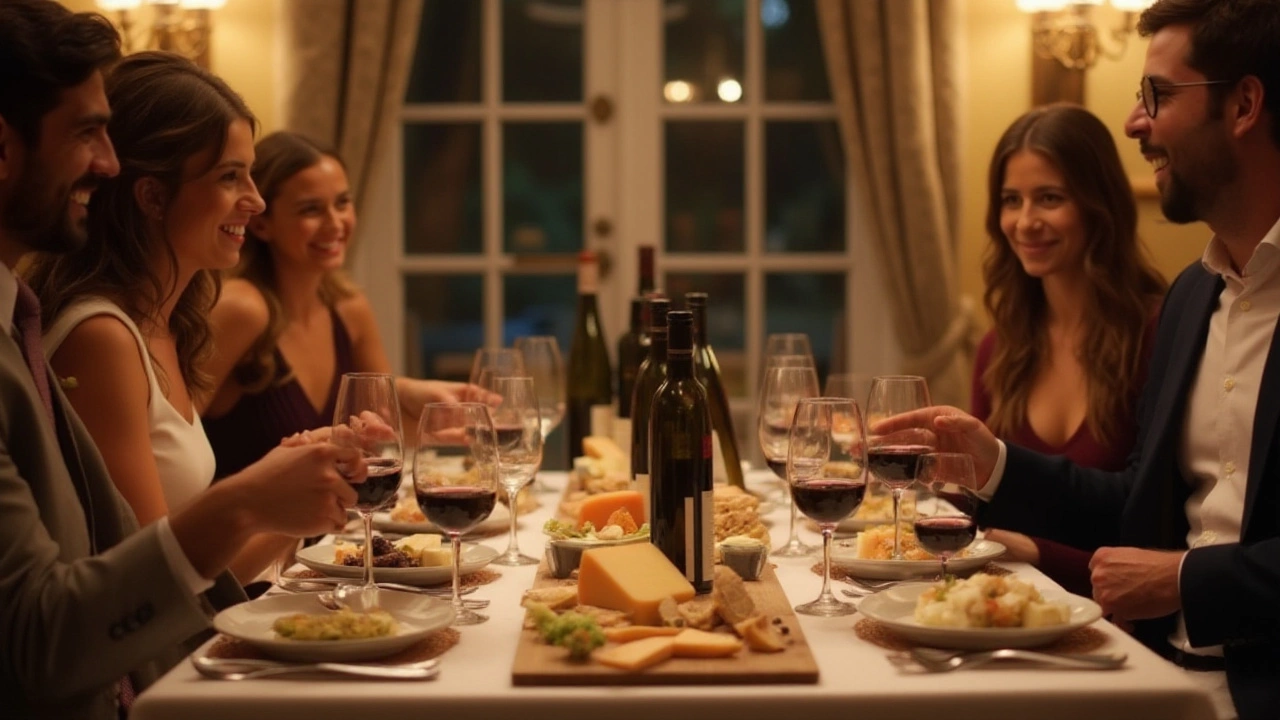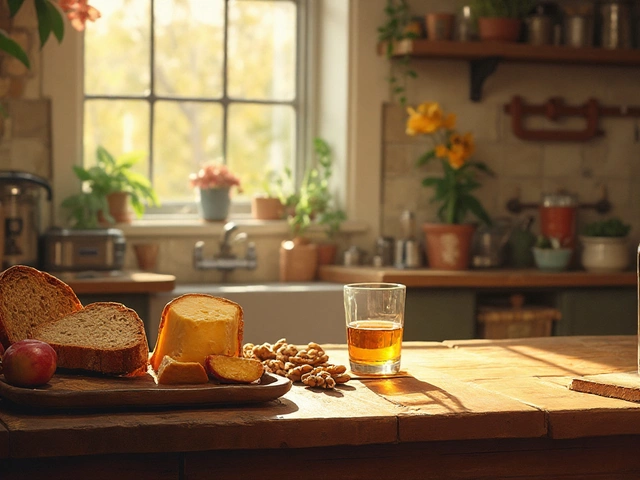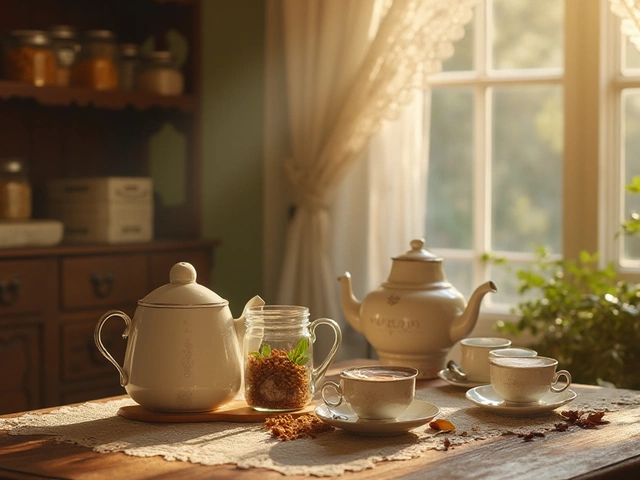Red Wine 101: Quick Tips for Tasting, Pairing, and Buying
If you love a glass of red after work or want to impress friends at dinner, you don’t need a fancy degree to enjoy it. The goal is simple: pick a wine you like, serve it right, and match it with food that makes both taste better.
How to Taste Red Wine Like a Pro
First, look at the color. Dark ruby usually means a fuller body, while lighter ruby hints at a lighter style. Next, give it a gentle swirl. That helps release aromas. Take a quick sniff – fruity, spicy, or earthy notes will pop up. Finally, sip and let the wine roll around your mouth. Notice the taste, the texture, and how long the flavor lingers. If it feels smooth and the finish is pleasant, you’ve hit a good pick.
Keep the glass at around 60‑65°F (15‑18°C). Too warm, and you’ll taste too much alcohol; too cold, and the flavors hide. A simple kitchen thermometer works fine.
Food Pairings That Actually Work
Red wine is versatile, but a few combos are rock‑solid. Cabernet Sauvignon loves beef, lamb, and hard cheeses because its bold tannins cut through rich meat. Merlot pairs well with roasted chicken, turkey, and mushroom dishes – its softer profile balances milder flavors. Pinot Noir’s bright acidity matches salmon, duck, and soft cheeses like Brie. If you prefer something spicy, try a Syrah or Shiraz with BBQ ribs or spiced sausage.
Don’t overthink it: a red wine with a juicy steak or a cheese board will almost always please the palate.
When you shop, look at the label for the region and vintage. Regions like Napa, Bordeaux, and Rioja have distinct styles. A recent vintage (within 2‑3 years) is usually ready to drink, while older bottles may need a short decant.
Store bottles on their side in a cool, dark place with steady temperature – around 55°F (13°C). If you only have a few bottles, a regular fridge works for a short stint; just let the wine warm up a bit before serving.
Red wine can age, but not every bottle improves with time. Big, structured reds like Cabernet or Barolo can develop complex flavors after 5‑10 years. Light reds like Beaujolais are best enjoyed young.
Common mistakes to avoid: shaking the bottle before opening (it can disturb sediments), serving too hot, and pairing a delicate red with a very heavy dish. Keep it simple, listen to your taste buds, and you’ll get better with each glass.
Ready to explore? Grab a bottle of your favorite style, pour a glass at the right temperature, and try one of the food combos above. You’ll see how a few easy steps can turn a regular wine night into a memorable one.
Explore the tasty world of cheese and wine pairing. Learn if cheese goes best with white or red wine, why, and how to make every sip and bite unforgettable.
View DetailsEver found yourself staring at a cheese board and wondering which wine goes best with it? This article uncovers the real logic behind pairing red or white wine with different cheeses, with practical tips and surprising truths you probably haven’t heard. We break down which wine to grab for your favorite cheese and why old-school rules sometimes flop. You’ll also pick up easy tricks to make even last-minute pairings taste impressive. Expect tips you’ll actually use next time you break out the wine and cheese.
View DetailsPairing wine with cheese can seem daunting, but it doesn't have to be. Whether you go for a crisp white wine or a bold red, understanding the basics can enhance your tasting experience. This article explores the nuances of choosing the right wine for your cheese board, offering practical tips and insights into classic pairings. Discover why certain cheeses complement certain wines and how you can experiment to find your perfect match.
View DetailsChoosing your first wine can feel overwhelming with so many options out there. This guide offers practical tips to simplify your choice, considering flavor profiles and food pairings. Learn about popular wine types and what makes them unique. Explore tips to enhance your tasting experience. Embrace your own preferences as you embark on your wine journey.
View DetailsChoosing the right wine to go with cheese can greatly enhance the dining experience. While red wines often pair well with stronger cheeses, white wines can highlight the flavors of softer options. This article explores different pairings, providing tips and interesting facts to make your next gathering a hit.
View Details